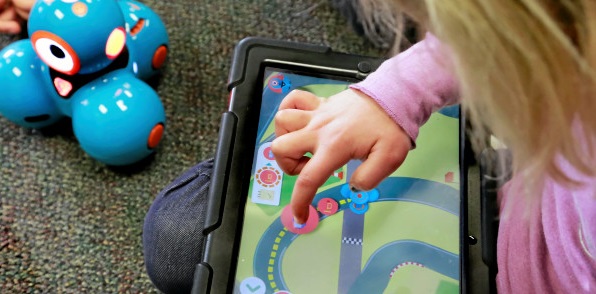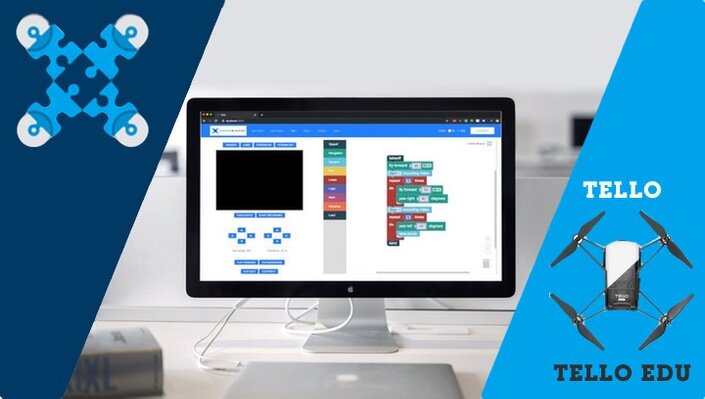We’re very quickly approaching the annual Computer Science Education Week, which is taking place form Dec. 9-15. Every year, this initiative, which was launched in large part by code.org, has continued to grow and involve students and teachers all over the world. For one week in December, we put a little bit of an extra emphasis on the importance of computer science and teaching students coding skills so that they may excel in an economy that’s driven by technology. There are hundreds of ways that school and district leaders can help their students participate in Hour of Code activities and so many creative options to make just that one hour count towards something incredibly special.
As we said, CS Ed Week is taking place between Dec. 9-15 and this is when many of the Hour of Code activities are organized in schools, makerspaces, and libraries. Whether teachers want their Hour of Code activities to be official or not is totally up to them, but anyone who wants to can register their Hour of Code activities or events right on the homepage of their website. These Hour of Code events can involve simply a few students or can be used to spark a district-wide dedication to teaching computer science—whatever you’re comfortable with! And, on the Hour of Code website, teachers or STEM leaders can even request assistance from a software expert to help inspire their students!

Since we are still a couple of weeks away from the start of CS Ed Week, there’s still time to get your plans in order! Coding can be done in so many different ways and by students of all abilities thanks to the various STEM tools that have been developed. If your students are just starting out with coding, then perhaps something that incorporates the Blockly language would be best. If they’ve tried and succeeded with Blockly already, then perhaps something with Scratch would be the next step. After mastering Scratch and/or Blockly (both of which are graphical languages), maybe students will be ready for typed coding in a language like JavaScript!
A lot of the educational opportunities students can take part in with coding involve using robotics to learn programming. That is certainly a great option, but there is more to K-12 coding education than robotics. There are plenty of coding kits dedicated to introducing students to programming without robots. And, on the other side of the equation, there are robotics kits available that don’t require a screen, allowing teachers and students to decide what works best for each learning environment.
There is truly a way to make Computer Science Education Week inclusive for all students. With the abundance of programming languages, there is definitely something that each student can try! Among those programming languages, as we mentioned, are Blockly, Scratch, Swift, Python, JavaScript and more, which are all incorporated one way or another in various robotics and STEM tools. For students who are new to coding, the best way to begin might be with a product that supports Blockly or Scratch. After they learn the basics through these experiences, they can then move on to progressively more complex languages, like Swift, Python, and JavaScript.

For beginners and elementary students as young as kindergarten, the best option might be coding tools that support Blockly. These include a number of robotics items, like the Dash and Dot, Ozobot Evo, the mBot-S, and more as well as coding kits like the littleBits Code Kit. As for the Swift language, two of the best bots for helping teach that is the Root Robot, which can be programmed to scale whiteboards, and the Finch 2.0 Robot, which students can program in six relevant and accessible languages.
Once students are comfortable enough with these two more basic languages, they can then build some more skills by trying typed coding. Instead of using pre-created values, practicing languages like Python and JavaScript allows them to create the code themselves! Some of the tech tools that incorporate Python programming are the mBot-S Robot, Edison Robot, and Raspberry Pi while some of the ones that are compatible with JavaScript include the Cue Robot, Hummingbird, micro:bit, and the Sphero BOLT.
So, as you can see, there are an abundance of ways to bring some computer science and fun to your students during CS Ed Week. Even if you only have an hour with which to work, that Hour of Code could wind up being very influential in the STEM development of just one student. Please feel free to share your CS Ed Week and Hour of Code activities with us on Twitter and Instagram and be sure to use #CSEdWeek, #CSforGood, and #HourofCode in your posts!



